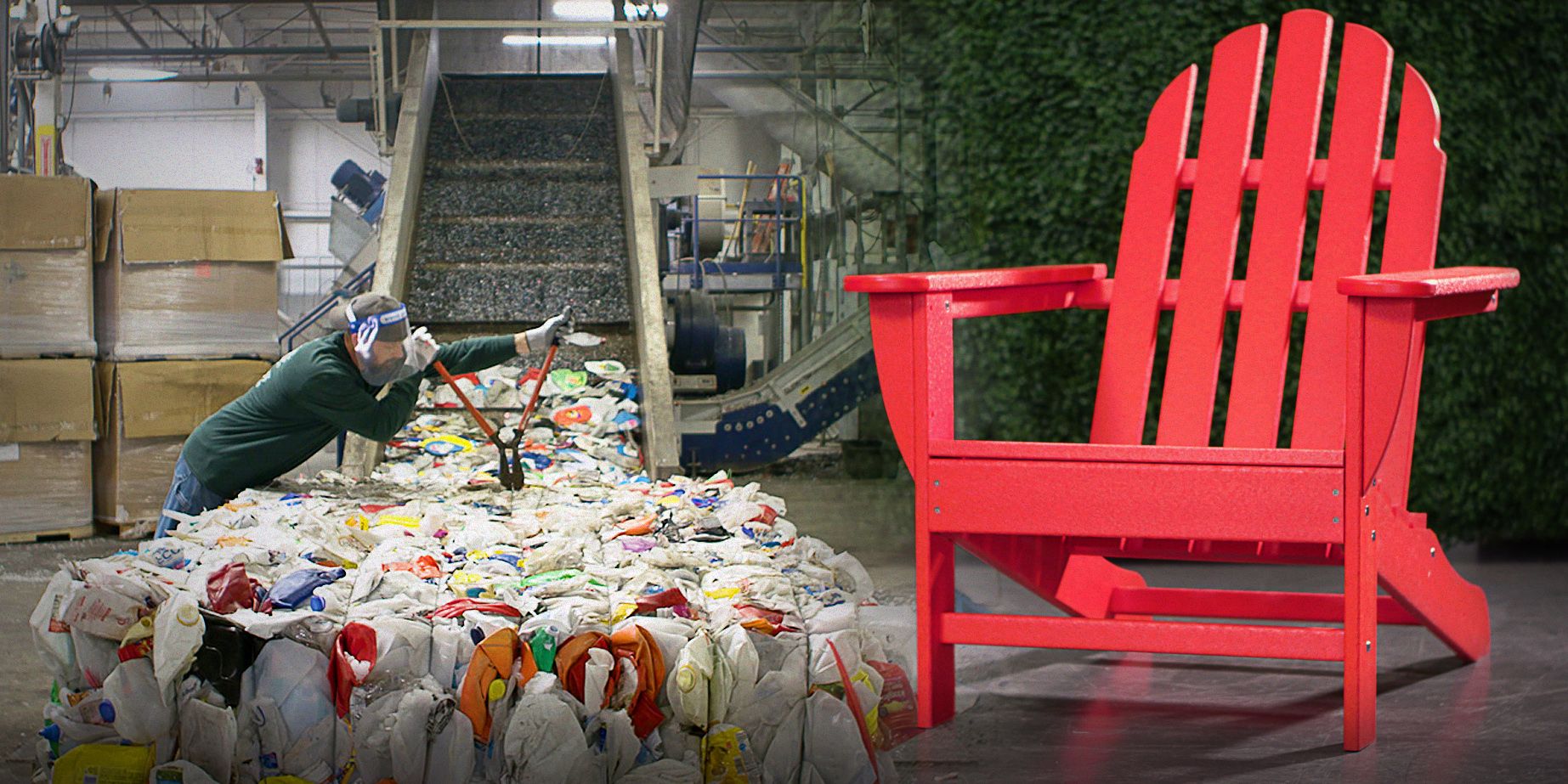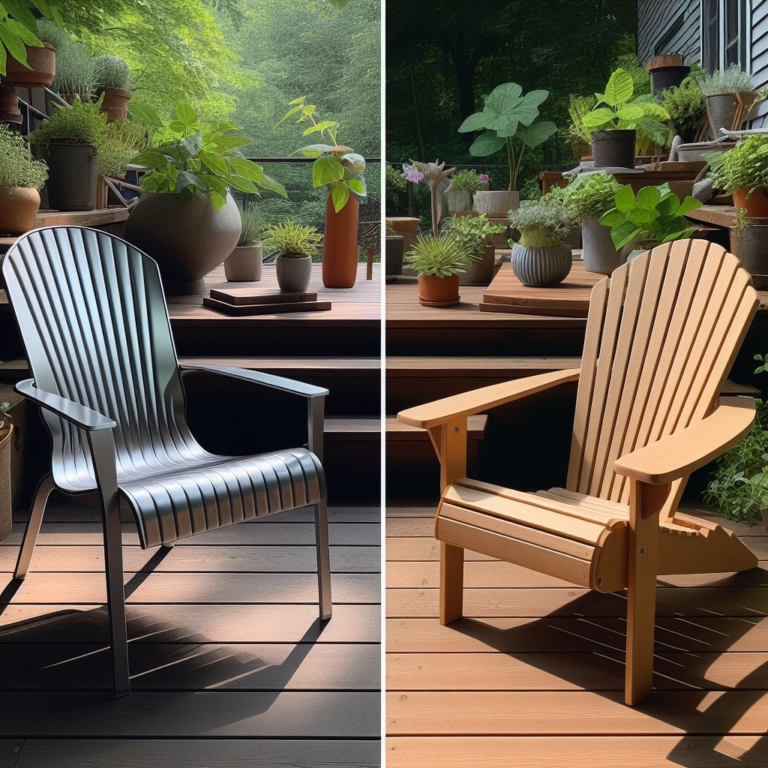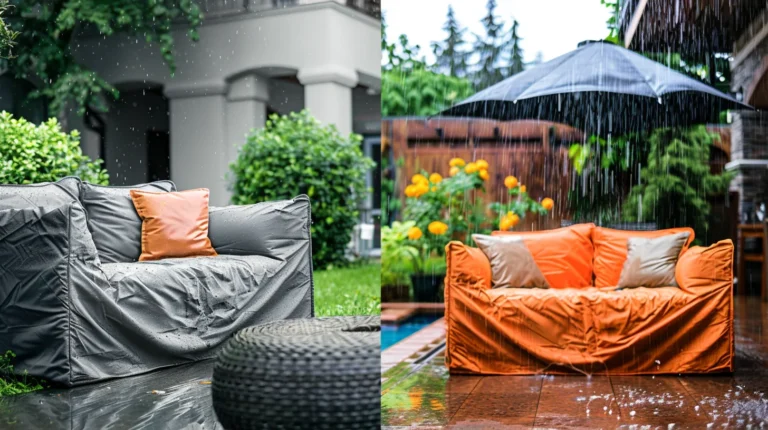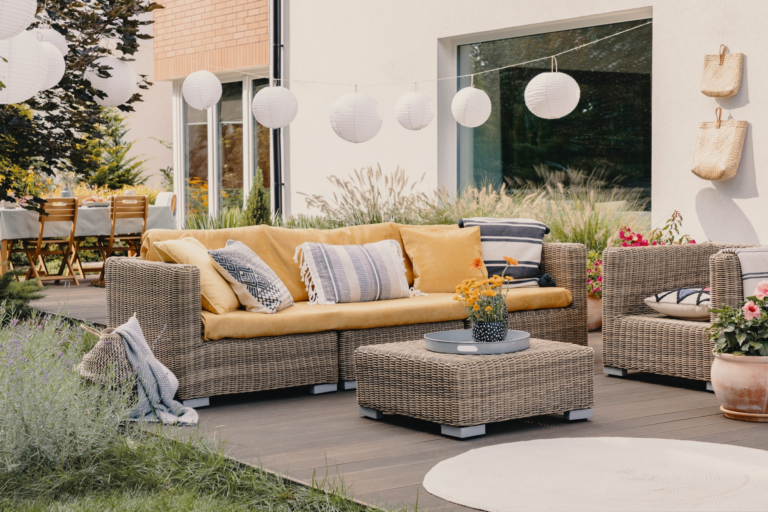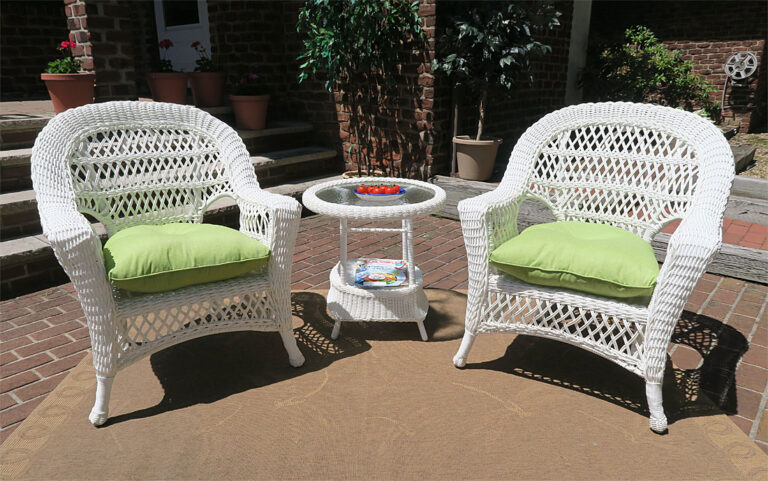Sustainability and Environmental Impact of Plastic Patio Furniture
Plastic patio furniture has become a staple in many outdoor spaces due to its affordability, durability, and ease of maintenance. However, as concerns about the environment and sustainability grow, it’s important to consider the impact of plastic furniture on our planet.
In this comprehensive guide, we’ll dive into the sustainability and environmental impact of plastic patio furniture, covering everything from recyclability to eco-friendly options and tips for reducing your environmental footprint.

Recyclability
Understanding the recyclability of plastic patio furniture is crucial for making environmentally conscious decisions. Let’s explore the types of recyclable plastics and the recycling process involved.
Types of Recyclable Plastics
Plastic patio furniture can be made from a variety of plastic types, each with different recycling potentials:
- Polyethylene (PE): This is the most common type of plastic used in patio furniture. It’s widely recycled and can be found in both high-density (HDPE) and low-density (LDPE) forms.
- Polypropylene (PP): Another popular choice, polypropylene is also recyclable and is known for its resistance to chemical exposure and UV radiation.
- Polyvinyl Chloride (PVC): While less common for patio furniture, PVC can be recycled but requires special facilities due to the harmful chemicals released during the process.
- Polystyrene (PS): Typically found in lightweight, budget-friendly furniture, polystyrene can be recycled but is less frequently accepted by recycling centers.
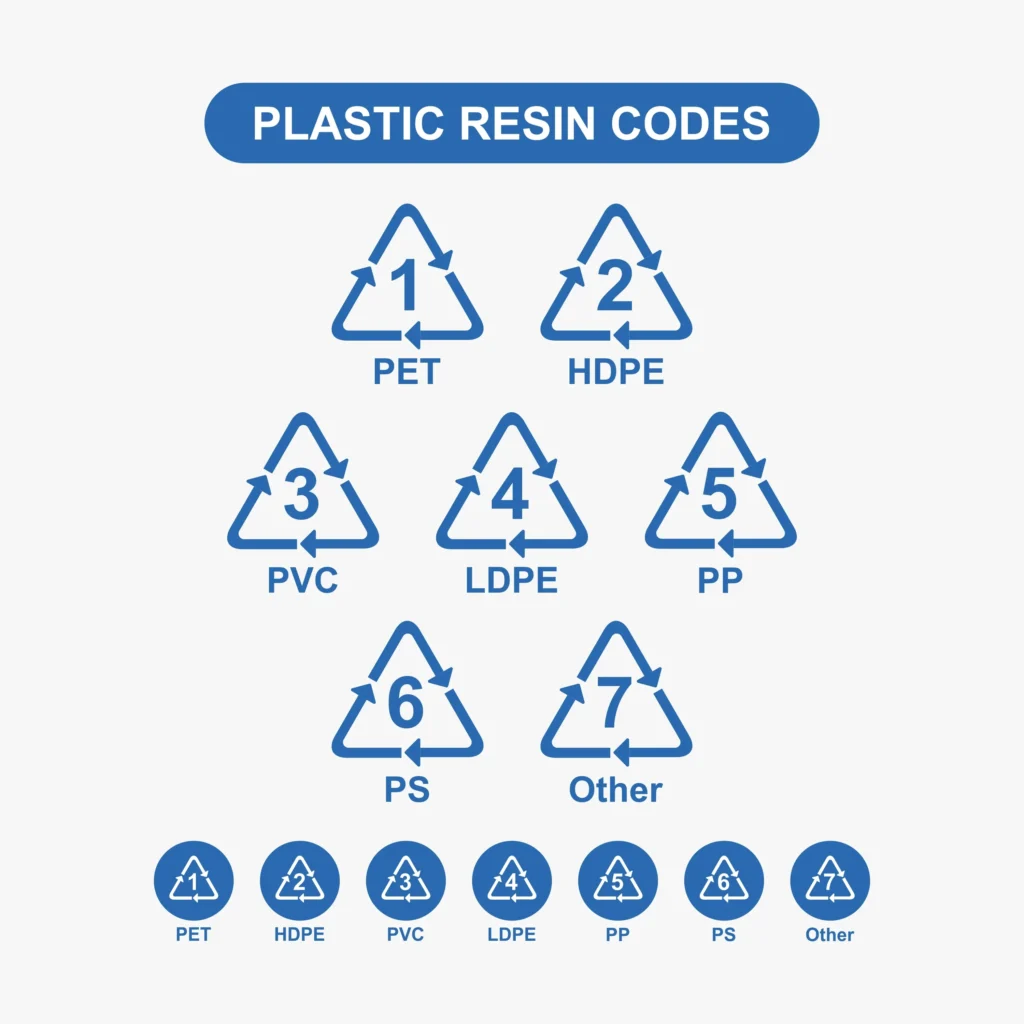
Recycling Process
The recycling process for plastic patio furniture involves several steps:
- Collection: Furniture is collected through curbside recycling programs or dropped off at designated recycling centers.
- Sorting: Items are sorted by type and quality of plastic. This step ensures that only compatible plastics are processed together.
- Cleaning: Furniture is cleaned to remove dirt, adhesives, and any other contaminants.
- Shredding: Clean plastic furniture is shredded into small pieces to make it easier to process.
- Melting and Reforming: The shredded plastic is melted down and reformed into pellets, which can then be used to manufacture new products.

Eco-Friendly Options
Opting for eco-friendly plastic patio furniture is a great way to reduce your environmental impact. Let’s look at the benefits of recycled plastic furniture and sustainable manufacturing practices.
Recycled Plastic Furniture
Furniture made from recycled plastic offers several environmental benefits:
- Resource Conservation: Using recycled materials reduces the need for virgin plastic, conserving natural resources and reducing energy consumption.
- Waste Reduction: Repurposing plastic waste into new furniture helps keep plastic out of landfills and oceans.
- Durability: Recycled plastic furniture is often more durable than traditional plastic, as it’s designed to withstand the elements and resist fading.
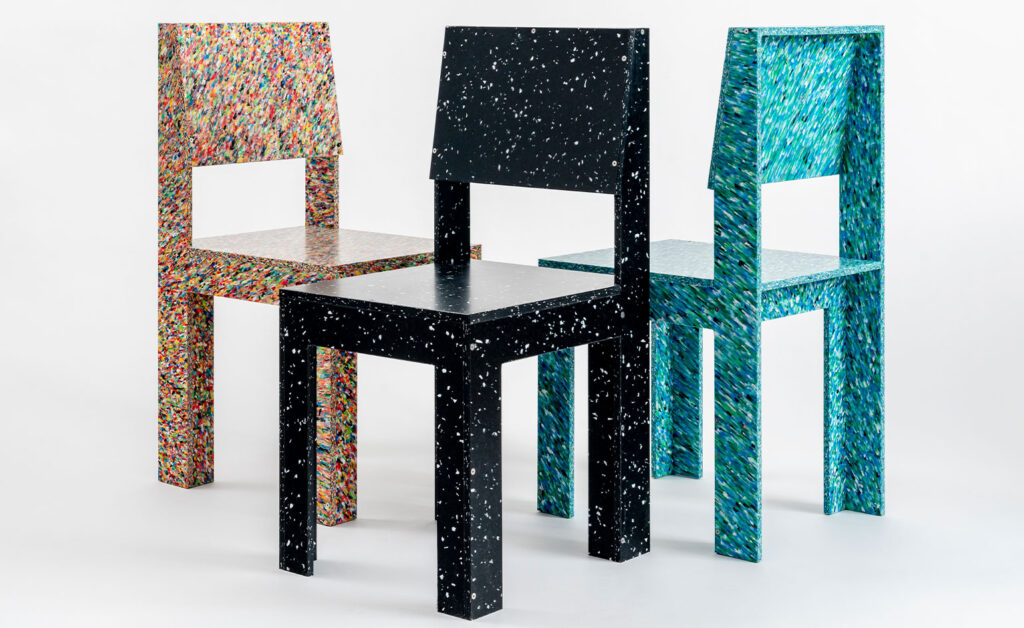
When shopping for recycled plastic furniture, look for labels such as “post-consumer recycled plastic” or “reclaimed materials” to ensure you’re making a sustainable choice.
Sustainable Manufacturing Practices
Many manufacturers are adopting sustainable practices to minimize their environmental impact:
- Energy Efficiency: Using renewable energy sources like solar or wind power in the manufacturing process reduces carbon emissions.
- Water Conservation: Implementing water recycling systems in factories helps conserve this vital resource.
- Waste Management: Efficient waste management practices, including recycling scrap materials and reducing factory emissions, contribute to a smaller environmental footprint.
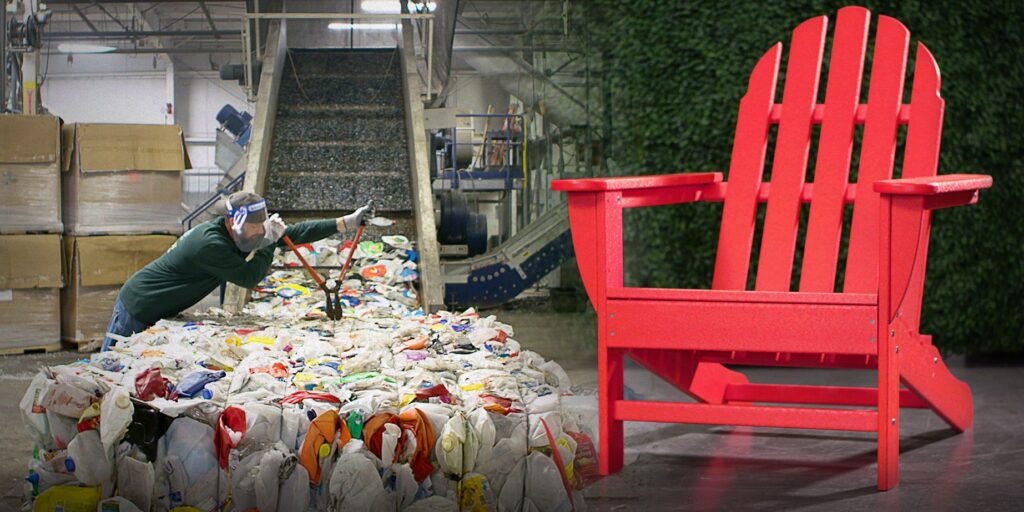
By supporting companies that prioritize sustainability, you can help drive demand for eco-friendly products and encourage more businesses to adopt green practices.
Reducing Environmental Footprint
Even with eco-friendly options, there are additional steps you can take to minimize the environmental impact of your plastic patio furniture.
Tips for Eco-Friendly Use
Here are some practical tips to ensure your plastic patio furniture remains as environmentally friendly as possible:
- Proper Maintenance: Regularly clean and maintain your furniture to extend its lifespan, reducing the need for replacements.
- Protective Covers: Use protective covers when the furniture is not in use to prevent weather-related damage and fading.
- Eco-Friendly Cleaners: Choose biodegradable, non-toxic cleaning products to avoid harmful chemicals that can damage the environment.
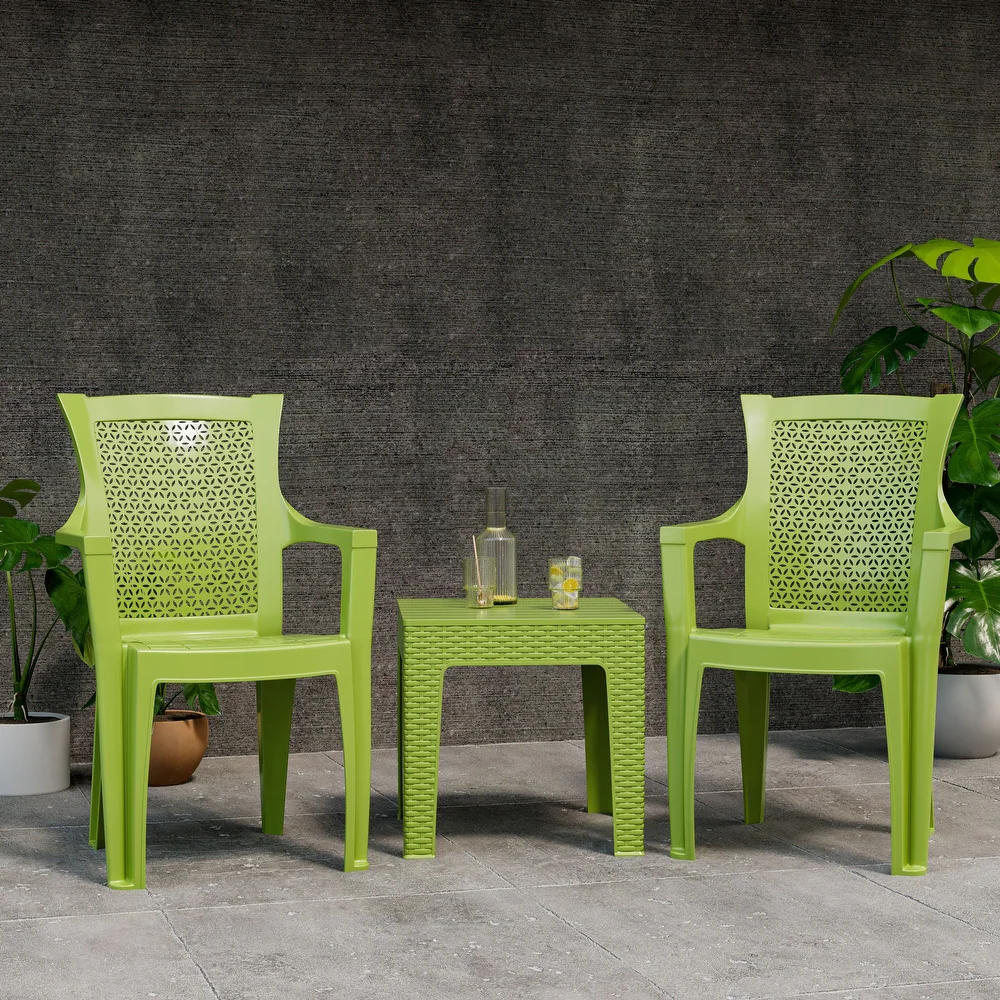
End-of-Life Disposal
When your plastic patio furniture reaches the end of its useful life, consider these disposal options:
- Recycling: Check with local recycling programs to see if they accept plastic furniture. If not, search for specialty recycling centers that do.
- Donation: If the furniture is still in good condition, consider donating it to a local charity, school, or community center.
- Upcycling: Get creative and repurpose the furniture for a different use, such as turning it into planters or garden decor.
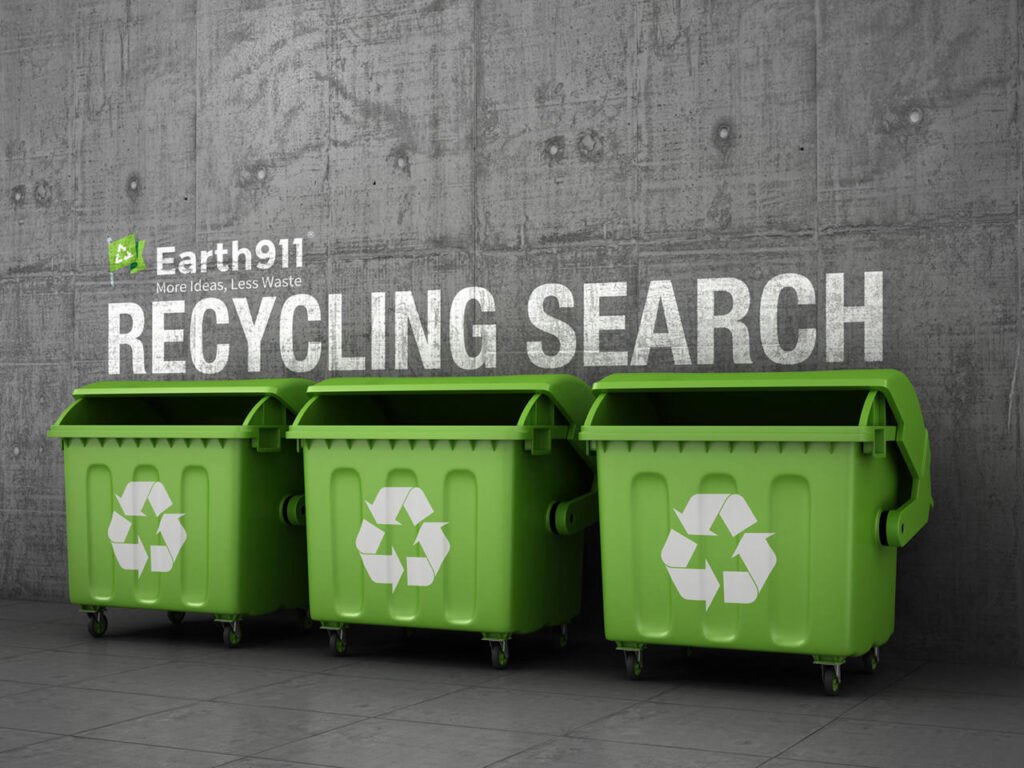
Conclusion
Choosing plastic patio furniture doesn’t have to come at the cost of the environment. By understanding the recyclability of different plastics, opting for eco-friendly products, and adopting sustainable practices, you can enjoy the benefits of plastic furniture while minimizing its environmental impact. Remember, every small step towards sustainability makes a significant difference in protecting our planet for future generations.
FAQs
Disclosure: Our blog contains affiliate links to products. We may receive a commission for purchases made through these links. However, this does not impact our reviews and comparisons. We try our best to keep things fair and balanced, in order to help you make the best choice for you.
